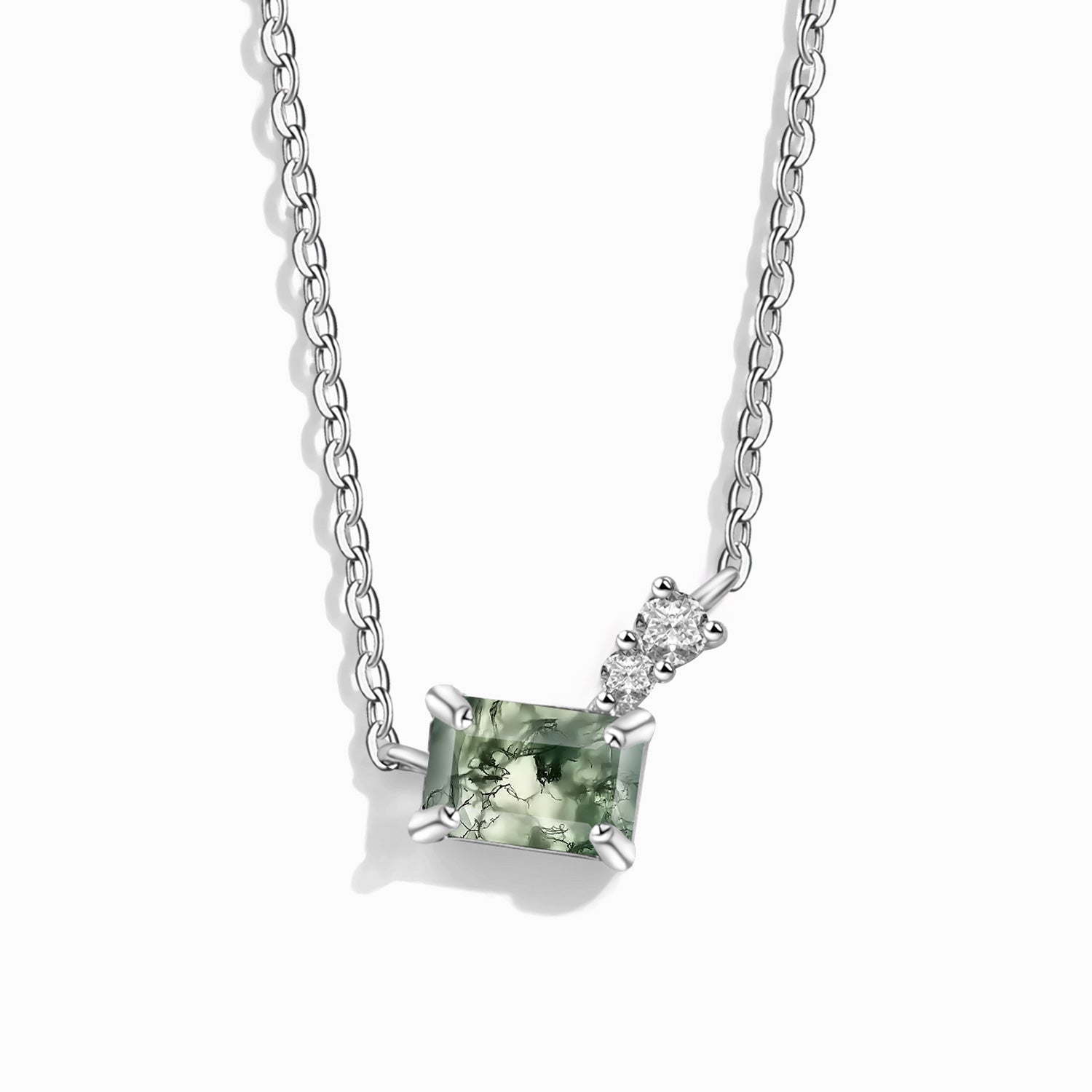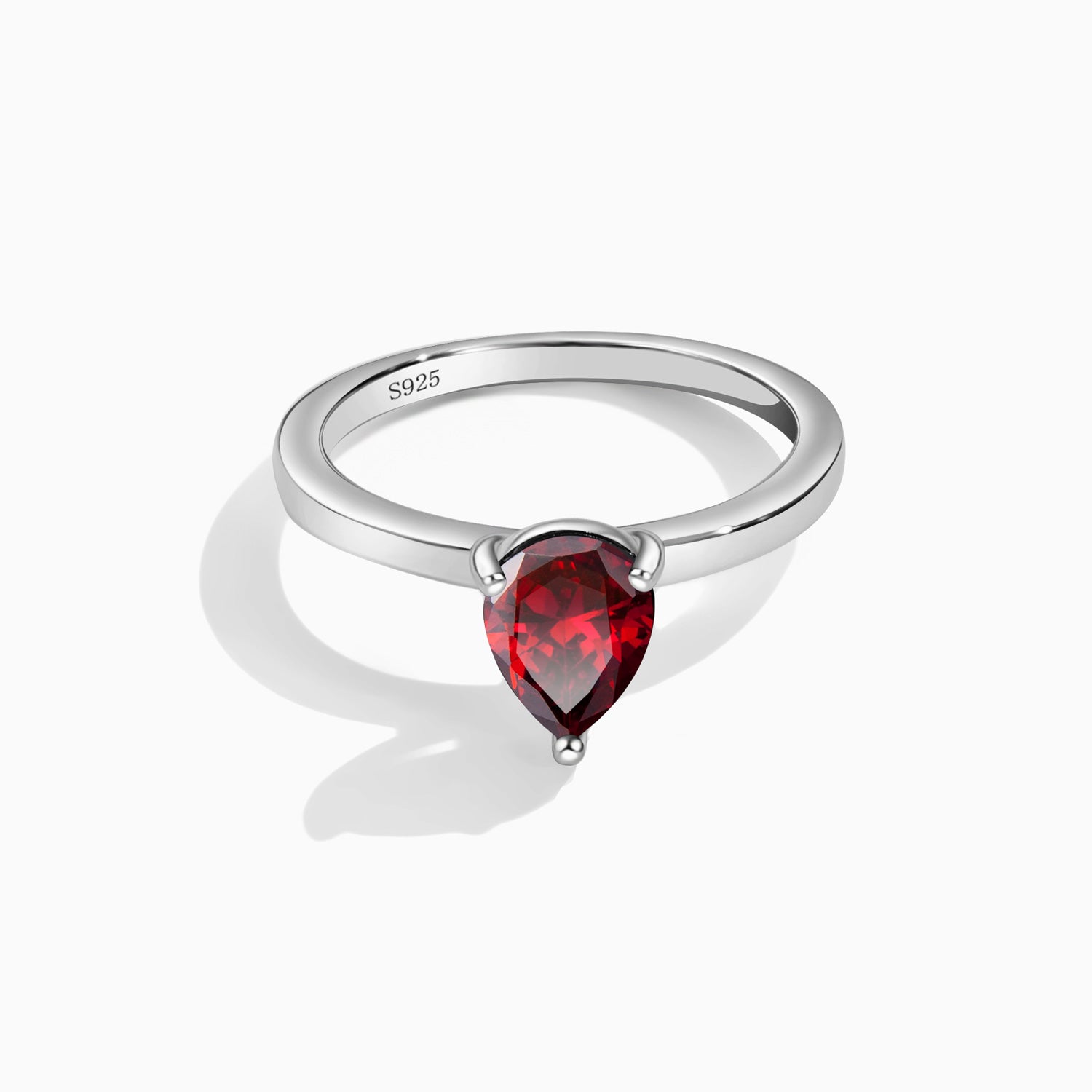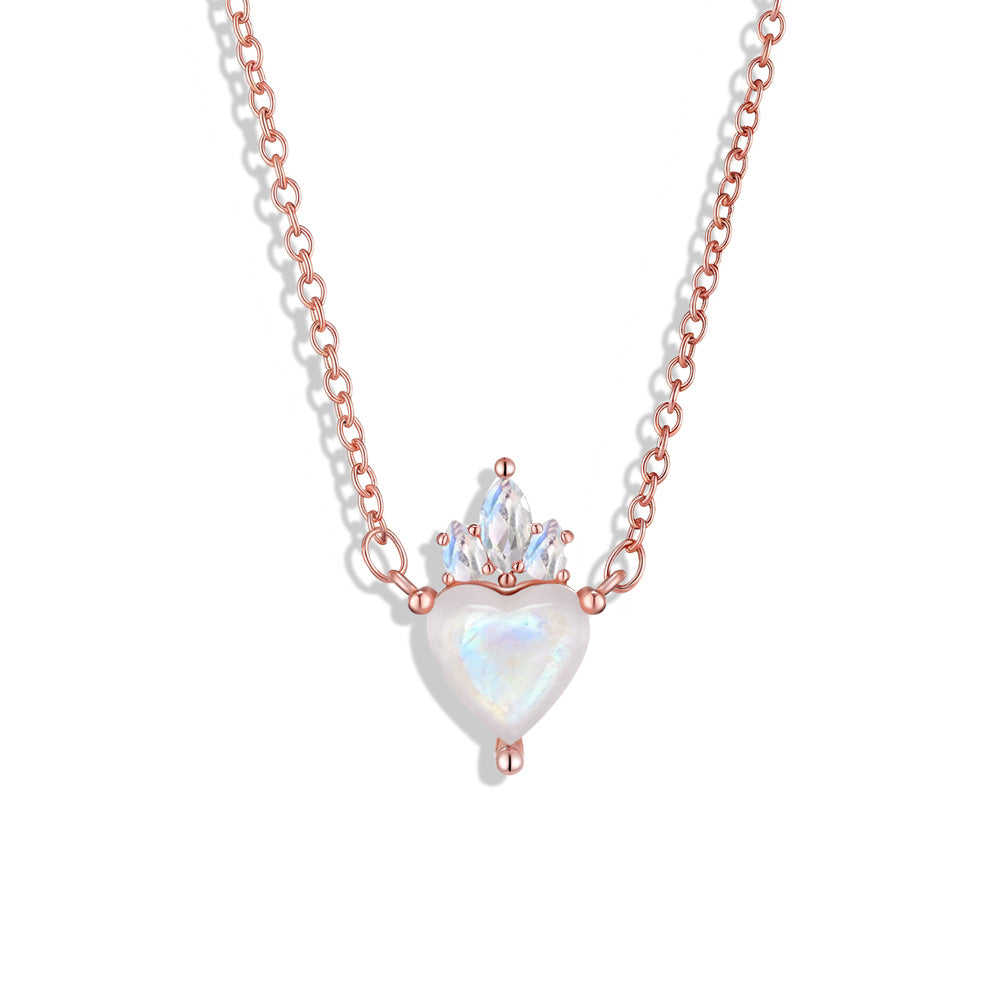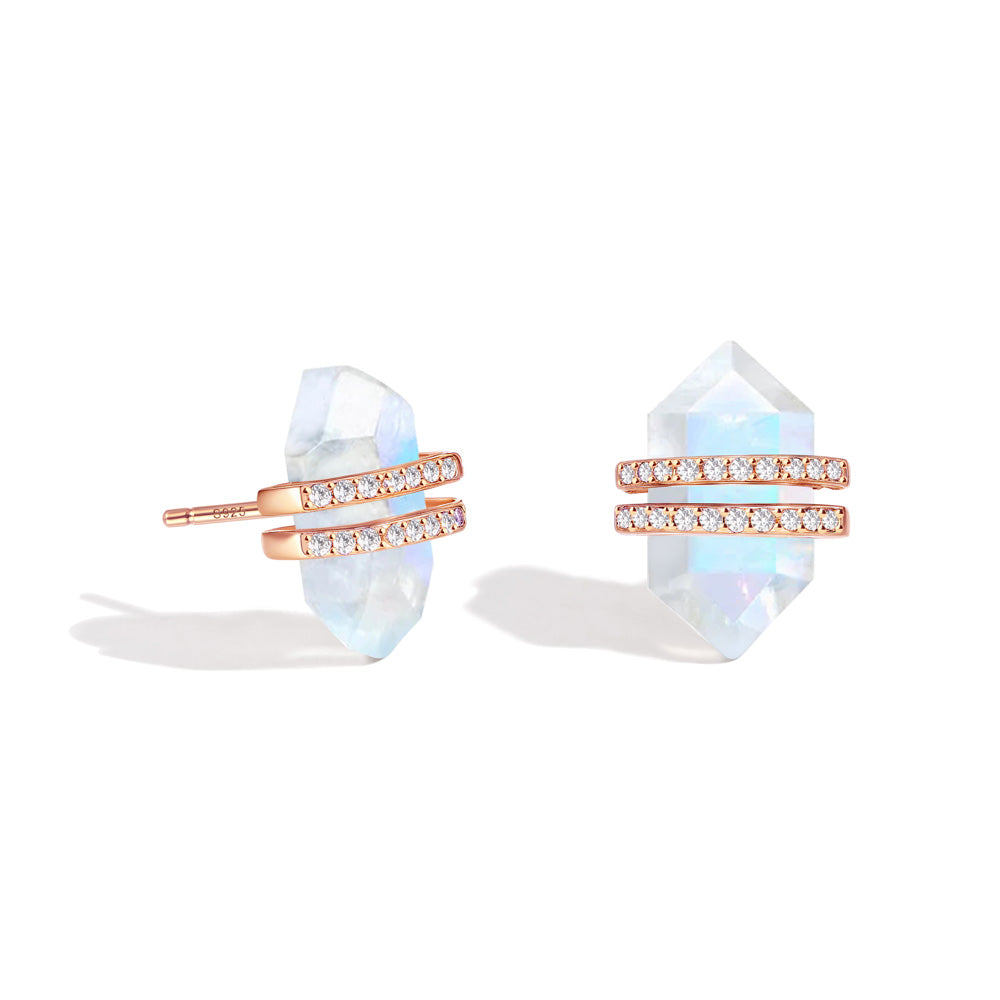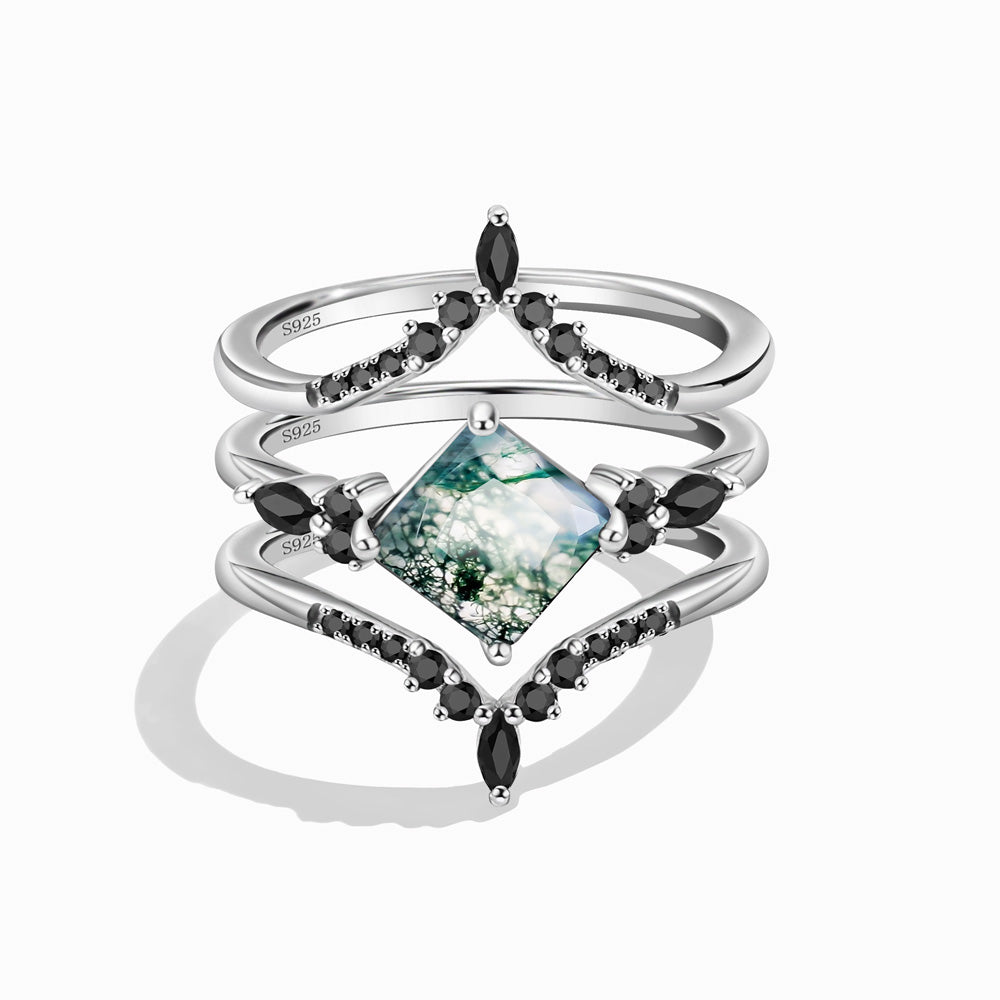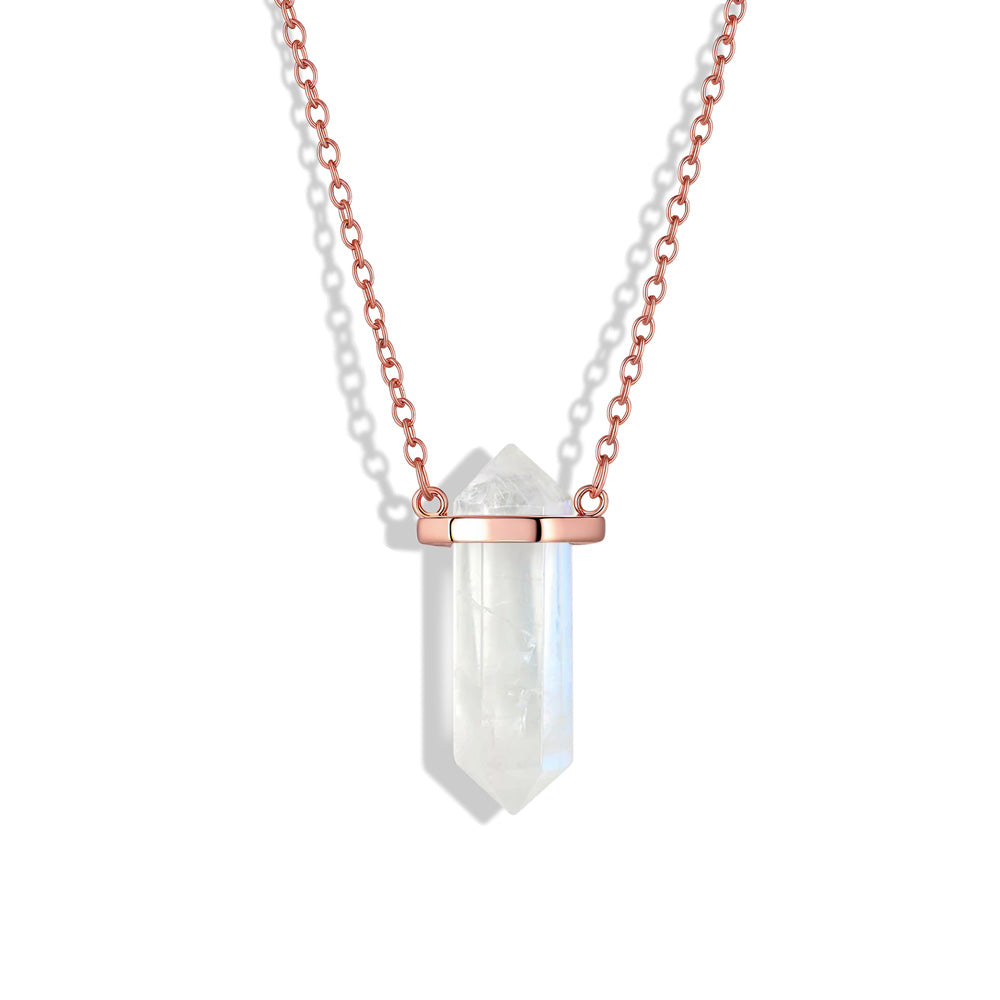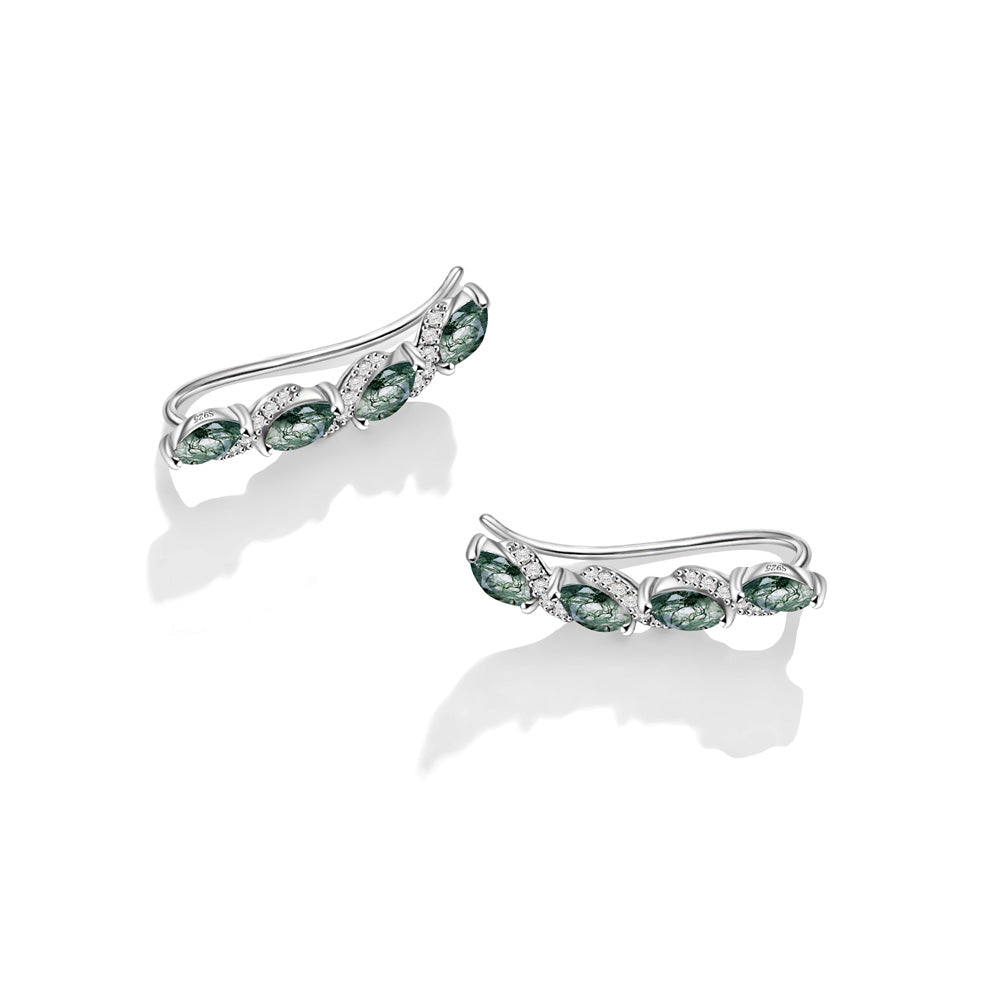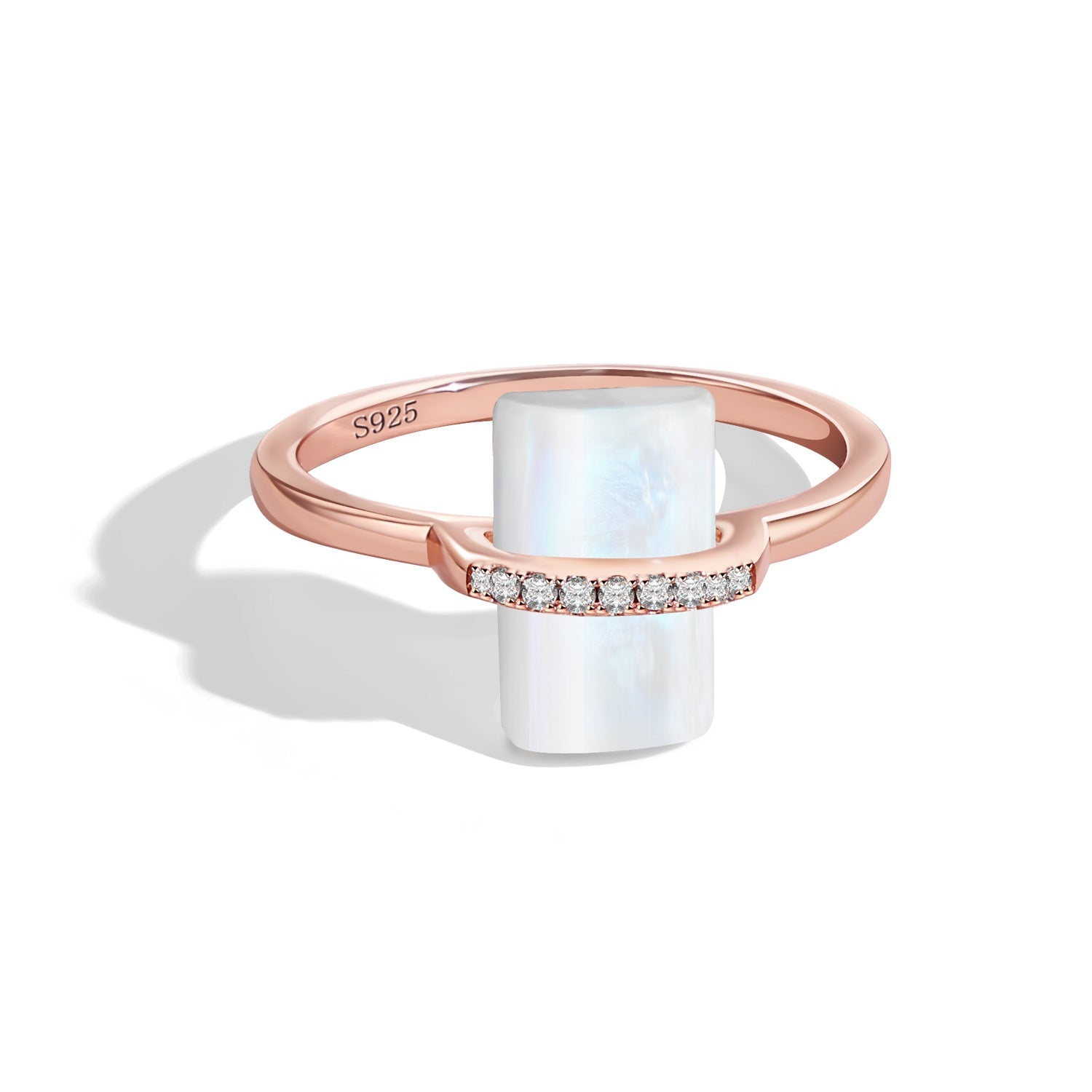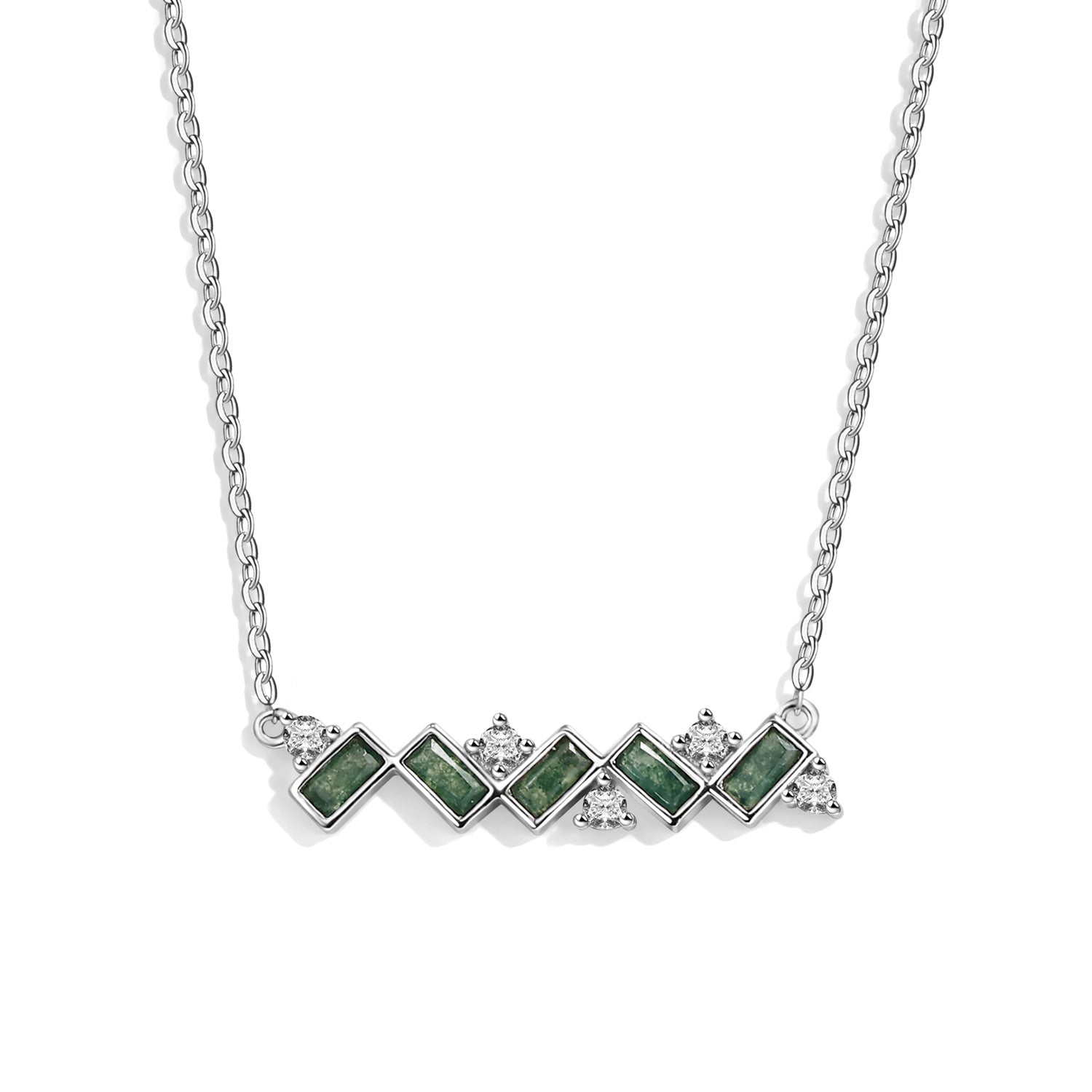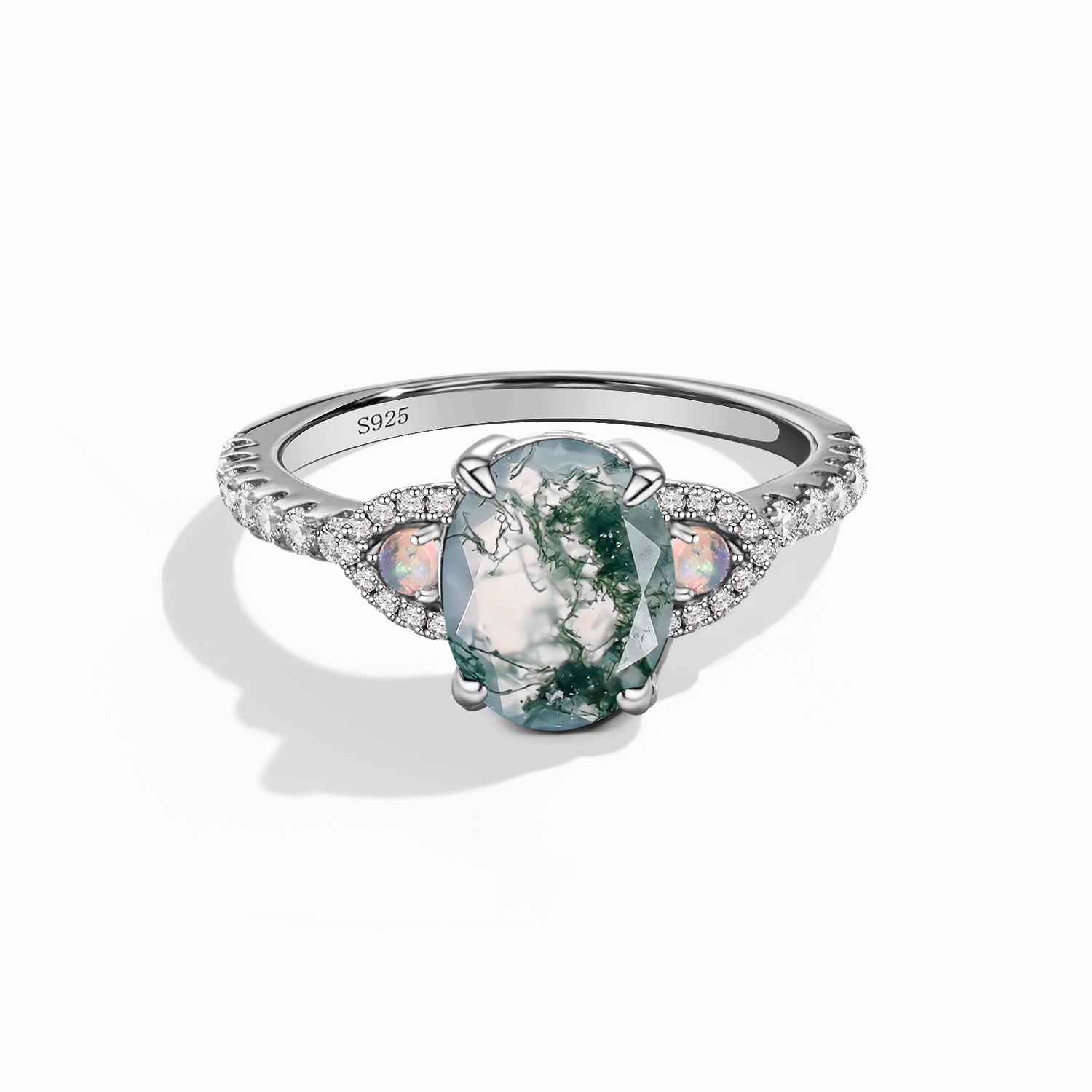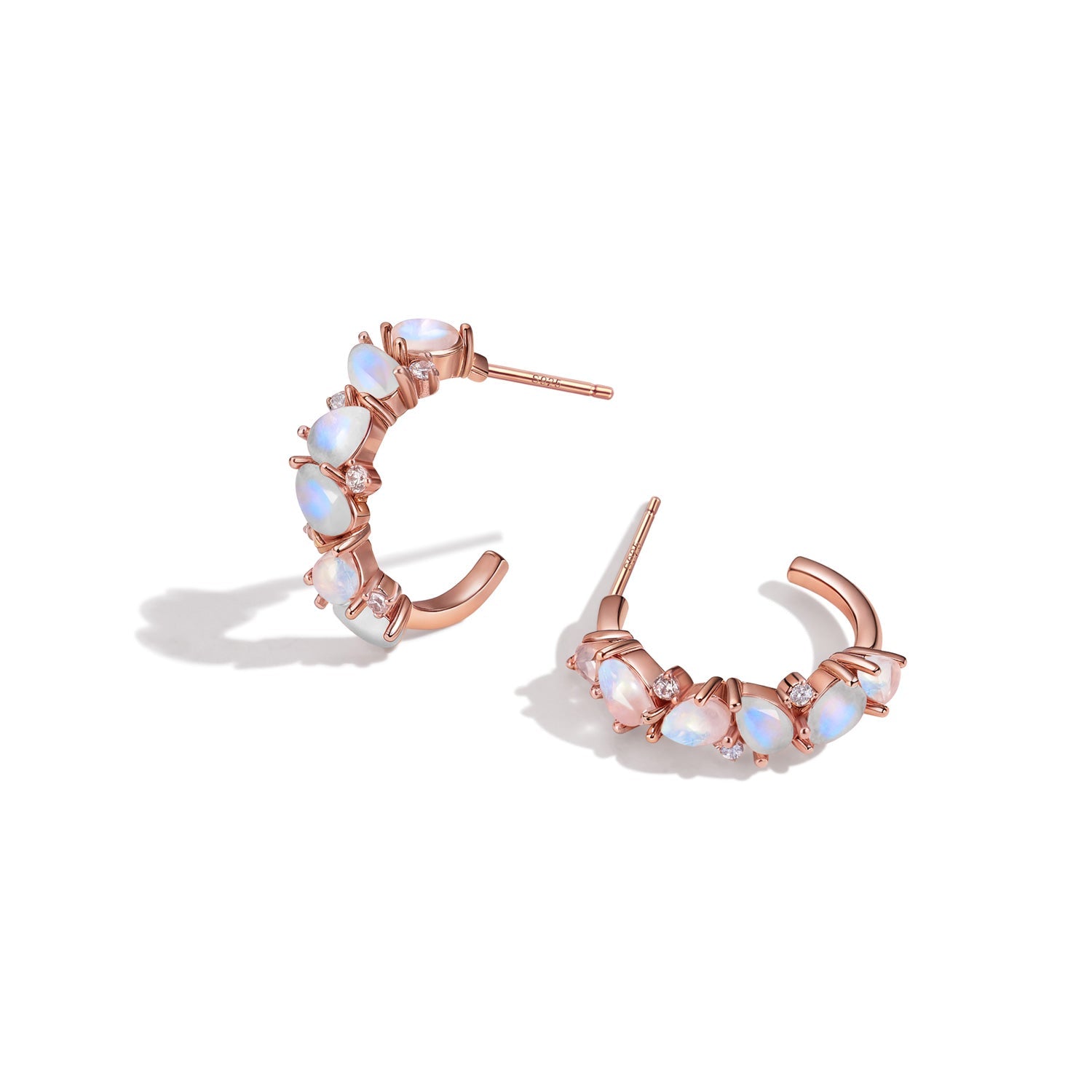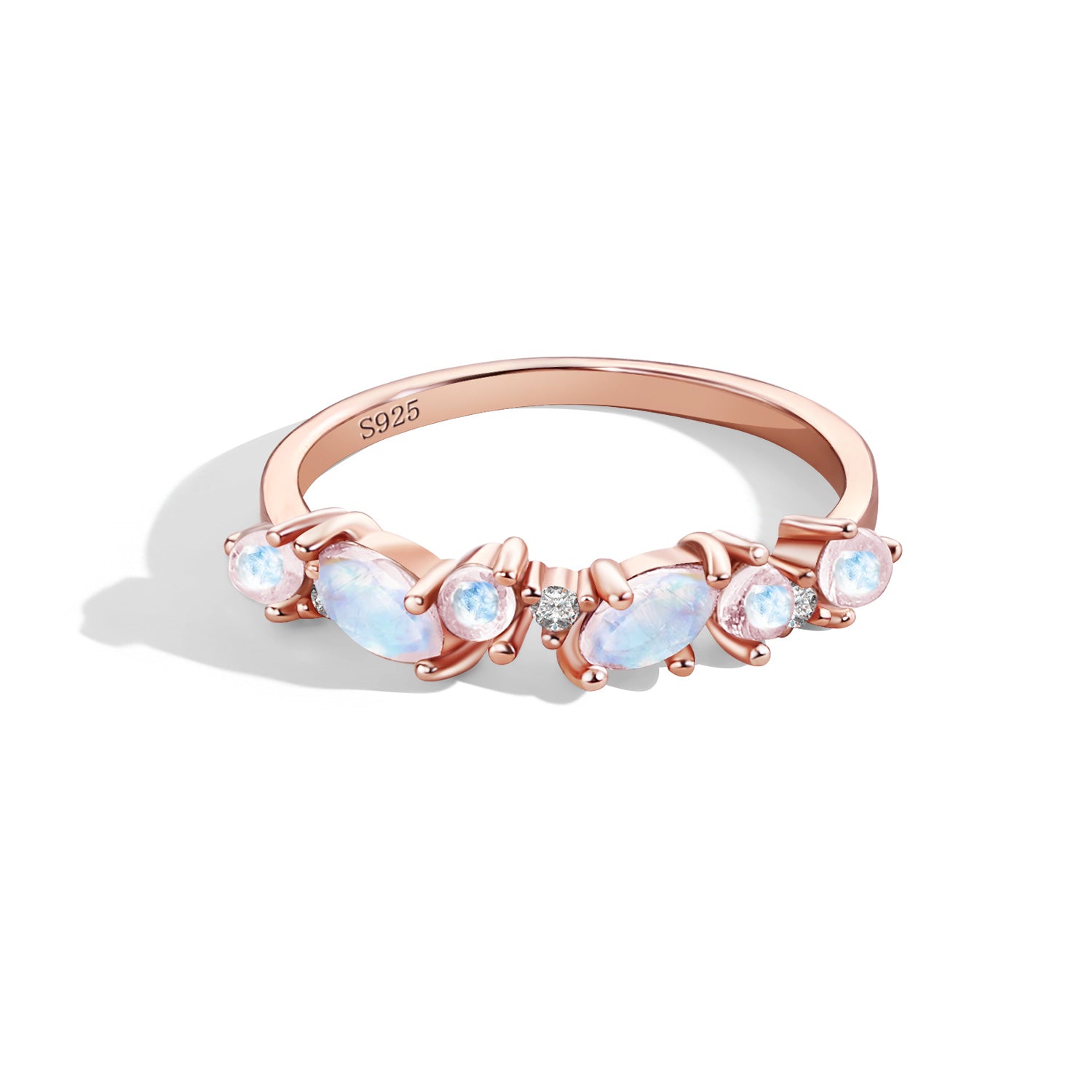Types of Agate
Unlike other members of the chalcedony family, there are at least 100 types of agate in all colors and patterns. You might be surprised to discover that some of the most coveted types of agate don’t contain that characteristic banding.
Here’s a brief rundown of terms and types for aspiring collectors.
Fortification Agate
“Fortification agate” is actually a descriptive term that illustrates the most common pattern you’ll find in the agate world. You’ll find it in all colors and most locations, but the bands will be emanating and building around a cavity or hollow point in the center. To some, the band arrangement looks like a fortress, hence the name.
Iris Agate
Would you prefer slim, elegant bands that reflect all the colors of the rainbow? Iris agate can be cut and polished in a particular way to create stunning iridescence. To get the full effect, it should be viewed in the light. It’s subtle yet striking and finding the right piece can be a challenge, as it’s a rare variety.
White Agate
White agate gets a separate mention because it is one of the most in-demand types of agate for spiritual and metaphysical purposes. Plus, the bands of a white agate will vary in opacity, right down to layers of clear agate. This makes it a fine choice for those who want to benefit from the stone but aren’t into the look of high-contrast stripes.
Black Agate
Like white agate, black agate is essential for healers and spiritual practitioners. Thought to offer the owner protection, black agate comes in many patterns, its markings ranging from gray to deep onyx. You can also find some with white contrast, offering a perfect balance of energies.
Dendritic Agate
The trace minerals that help build an agate’s layers aren’t always easily identifiable – unless you have some dendritic agate. Here, dendrite-shaped deposits of iron oxide or manganese resemble trees, not bands. They’re usually cloaked in milky stone that resembles a blanket of snow.
Moss Agate
Many people confuse moss agate with dendritic, but there is a distinction. Hornblende, a collection of minerals found in metamorphic and igneous rock, creates a mossy, earthy-colored pattern on this agate. It’s said to be an excellent rock for farmers and gardeners calling in a prosperous, healthy crop.
Green Flower Agate
Chlorite deposits create the unmistakable floral pattern we see in green flower agate. It’s easy to identify, with a creamy base that often includes swirls of green and splashes of clay red. It’s considered a personal stone, enhancing the owner’s self-acceptance and development.
Lace Agate
Stones such as the Mexican lace agate, as well as the blue varieties found in some African countries, are some of the rarer forms of agate. These are easy to spot due to the bands, which are wavy in some parts and form peaks in others, resembling lace.
Fire Agate
A powerful type that has the appearance of glowing embers, fire agate comes in metallic gold, bronze, orange, red, and even golden-green hues. Like lace, the most attractive fire agate is quite rare, with Mexican fire agate being one of the most sought-after varieties.
What about coral agate?
Also known as agatized coral or fossil coral, this forms when silica replaces or fills the empty chambers that comprise unoccupied coral. The original coral is ancient and long abandoned by its organisms, as it can take 30 million years to agatize the limestone structure.



